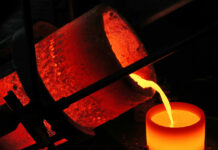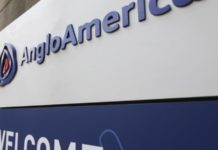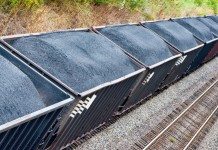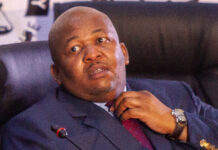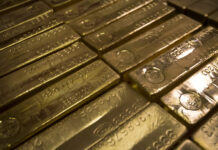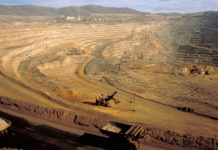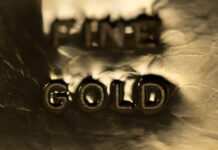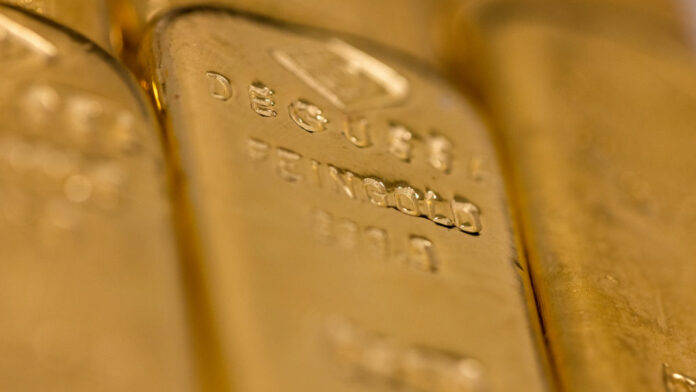
DRDGOLD reported an 18% knock in first (September) quarter ebitda which came out at R365.8m despite increasing production 5% to 41,281 ounces.
In a comparison with the previous fourth (June) quarter, the gold price received was 2% weaker at R1.16m per kilogram ($1,927/oz) while all-in sustaining costs (AISC) increased 3% to R951,008/kg ($1,587/oz).
Driving higher AISC was, mostly, higher operating costs which in turn was down to higher municipal electricity costs. Eskom, South Africa’s state-owned power utility, introduces the so-called ‘winter tariff’ which extend into most of the first quarter.
The period also featured a heavy reduction in cash and cash equivalents which fell R973.1m to R1.49bn. This was owing to a final dividend payment of R559.4m for the year ended June.
Capital expenditure of R275.7m and pre-payments towards the development of DRDGOLD’s R321.3msolar project were also incurred in the first quarter, the company said.
More capex is on the way. DRDGOLD said in August it would incur R1bn for the development of a new tailings dam at its Far West Gold Recoveries (FWGR) site west of Johannesburg – more than it intended – as it complied with the department of water and sanitation thinking on such facilities.
DRDGOLD turned in strong numbers for the 12-months ended June. Production was 8% lower at some 169,820 ounces but a 16% increase in the rand gold price – which came in at R1.04m per kilogram – helped compensate for this and a 16% in cash operating costs.
The outcome was an 8% year-on-year improvement in operating income of R1.8bn. Headline earnings of R1.27bn, an increase of 14%. DRDGOLD ended the 12 months with cash and cash equivalents of R2.47bn (2022: R2.53bn) after paying dividends of R515.3m during the 12 months.


